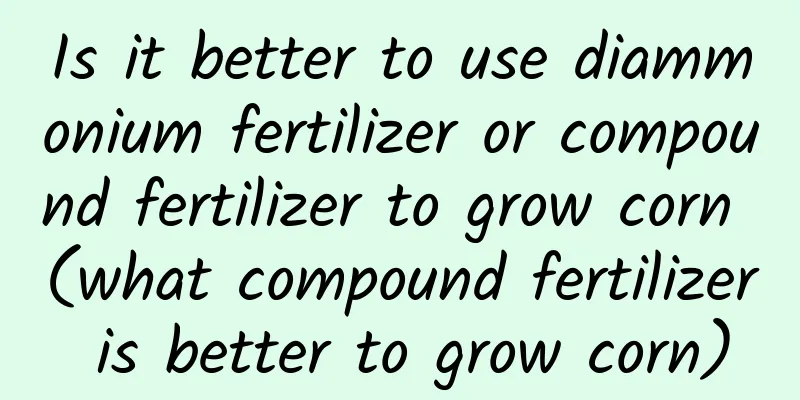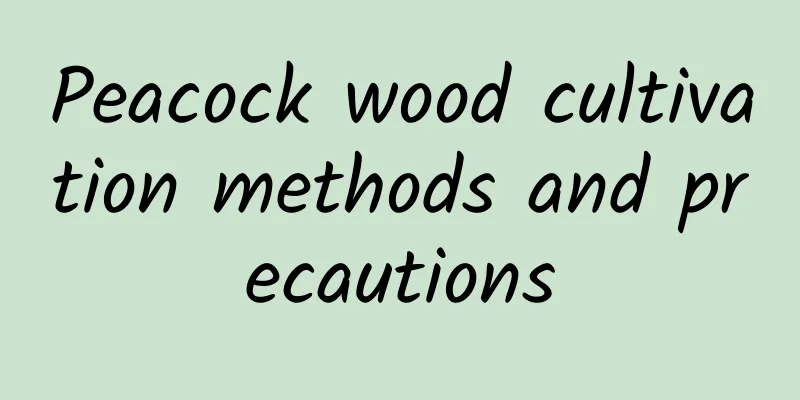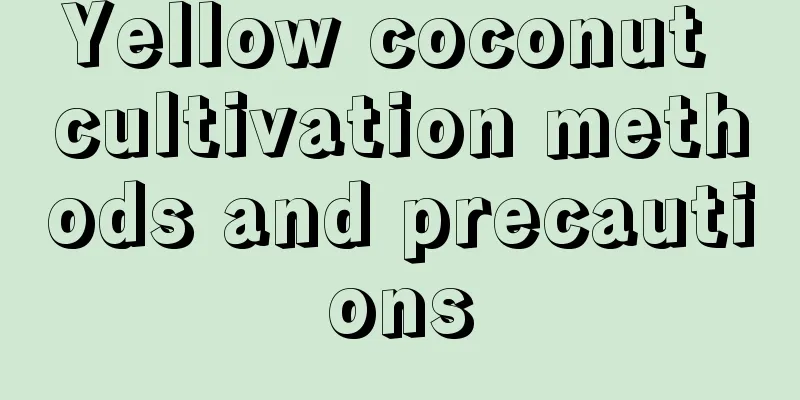Is it better to use diammonium fertilizer or compound fertilizer to grow corn (what compound fertilizer is better to grow corn)

Is it better to use diammonium phosphate or compound fertilizer for corn?In the process of growing corn, most farmers use chemical fertilizers such as diammonium phosphate, compound fertilizer, and urea. When it comes to corn planting, I believe many people have a question during the fertilization process, which is whether I should use diammonium fertilizer or compound fertilizer? Diammonium phosphate is also a compound fertilizer containing nitrogen and phosphorus, so compound fertilizer is the ternary compound fertilizer containing nitrogen, phosphorus and potassium that we all know. So which one should we use? According to corn experiments in various places, if nitrogen and phosphorus are used together, corn yields can increase by about 10%. However, if nitrogen, phosphorus and potassium are used together, the yield increase can reach 30%. Therefore, it is best to use nitrogen, phosphorus and potassium together for corn . The biggest difference between diammonium phosphate and compound fertilizer is that diammonium phosphate only contains nitrogen fertilizer and phosphorus fertilizer, containing 18% nitrogen fertilizer and 46% phosphorus fertilizer. Compound fertilizers are generally triple compound fertilizers, which contain nitrogen, phosphorus and potassium and are relatively comprehensive in nutrients. No matter what plant is being grown, nitrogen, phosphorus and potassium are indispensable. However, from a planting perspective, the emphasis of the content used in each period is different. We have done a lot of experiments and found that the rational use of potassium fertilizer during the corn maturity period can increase corn yield by more than 20%. However, diammonium phosphate does not contain potassium fertilizer, which is the defect of this fertilizer. Generally, when corn is in the maturity stage, we will supplement potassium fertilizer by spraying potassium dihydrogen phosphate on the leaves, so that the corn will mature quickly and the yield will increase. When using compound fertilizer in the process of growing corn, we generally use compound fertilizer with high nitrogen, medium phosphorus and low potassium. Because nitrogen fertilizer can make corn plants grow quickly, and phosphorus fertilizer can make corn take root quickly, so that it can better absorb nutrients in the soil. Finally, potash fertilizer can promote the maturity and yield of corn. From this point of view, diammonium phosphate only contains nitrogen fertilizer and phosphorus fertilizer. Although the content is high, it also has certain limitations for increasing yield and maturity in the later stage. What compound fertilizer is best for corn?The ratio of nitrogen, phosphorus and potassium in corn compound fertilizer depends on the corn variety: The ratio of nitrogen, phosphorus and potassium in spring corn is about 1:0.3:1.5, and it needs to absorb 3.5-4.0kg of nitrogen (N), 1.2-1.4kg of phosphorus (P205) and 5-6kg of potassium (K20). The ratio of nitrogen, phosphorus and potassium in summer corn is about 1:0.5:1.5, and it needs to absorb 2.5-2.7kg of nitrogen (N), 1.1-1.4kg of phosphorus (P205) and 3.7-4.2kg of potassium (K20). Of course, corn absorbs nutrients differently in different growth stages. Compared with summer corn, spring corn absorbs nitrogen and phosphorus more concentratedly, and the absorption peak is also earlier. Generally, spring corn absorbs only 2.2% of the total nitrogen in the seedling stage (before jointing), 51.2% in the middle stage (from jointing to heading and flowering), and 46.6% in the late stage (after heading). Summer corn absorbs 9.7% of the total nitrogen in the seedling stage, 78.4% in the middle stage, and 11.9% in the late stage. Spring corn absorbs phosphorus, accounting for 1.1% of the total absorption in the seedling stage, 63.9% in the middle stage, and 35.0% in the late stage; Summer corn absorbs 10.5% of phosphorus in the seedling stage, 80% in the middle stage, and 9.5% in the late stage. Corn's absorption of potassium increases rapidly after jointing in both spring and summer, and reaches a peak during the flowering period. The absorption rate is high, which can easily lead to insufficient potassium supply and symptoms of potassium deficiency. |
<<: How to propagate petunia (how to grow petunia seeds and what to pay attention to)
Recommend
How to plant and manage passion fruit? Is it okay to water the leaves?
1. Planting management 1. Planting: Passion fruit...
Tips for making and maintaining Osmanthus fragrans bonsai
The soil conditions required for bonsai cultivati...
Four stages of cineraria care
Cineraria seedling stage When growing cineraria, ...
What month is suitable for planting camellia? When is the best time to plant it?
When to plant camellia There are generally two pl...
With just one thread and a few boards, Jade Dew exploded ten times in a row, and there was no way to stop it!
Fishing line beheading method 1. Prepare No. 3 fi...
What to do if the money tree has root rot
Reasons for root rot in money tree Improper water...
What should I do if the leaves of Strelitzia reginae crack?
1. The wind is too strong Reason: Strelitzia regi...
How to prune jade trees to make them look good
After pruning the jade plant, you should water it...
What should I do if I over-fertilize flowers in autumn?
Method 1: Watering We often hear old gardeners sa...
How long does it take for white phoenix leaves to germinate
How long does it take for the white phoenix leaf ...
What fertilizer should be used to make the golden diamond grow vigorously?
1. Types of Fertilization The roots of the golden...
The Feng Shui Effect of the Fortune Tree
1. Place it in the living room The fortune tree i...
Spring Spinach Planting Time and Method
Spring Spinach Planting Time Spring spinach is ge...
Tips for promoting orchid flowering
1. Control the temperature If the temperature can...
Can Astragalus help you lose weight? How to lose weight
1. Can it help you lose weight? Astragalus can he...









